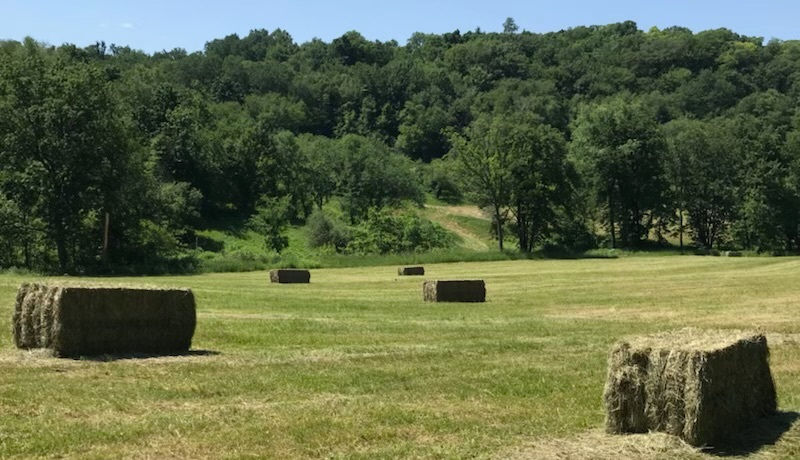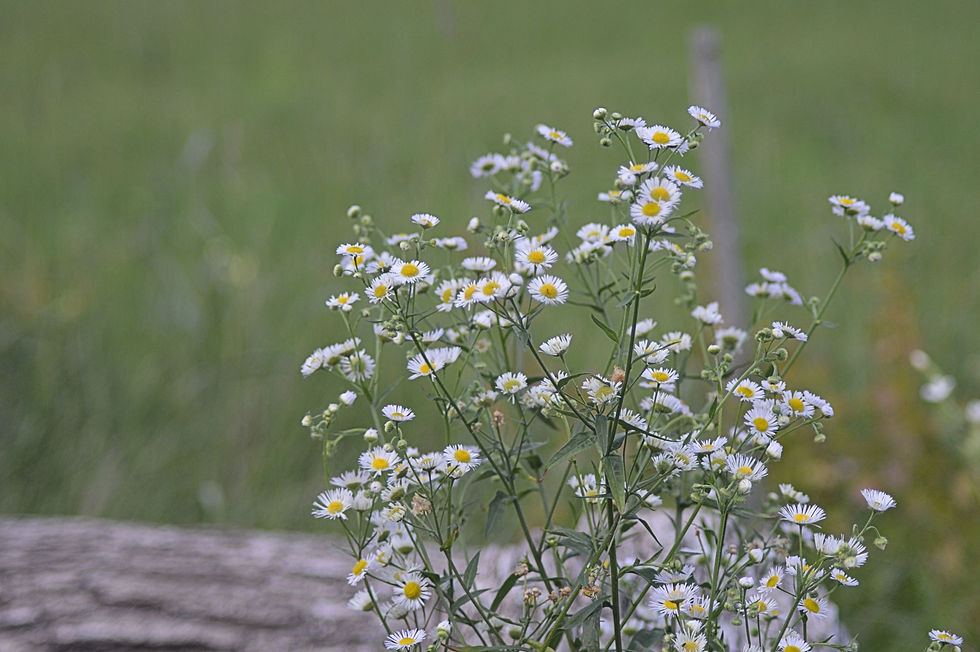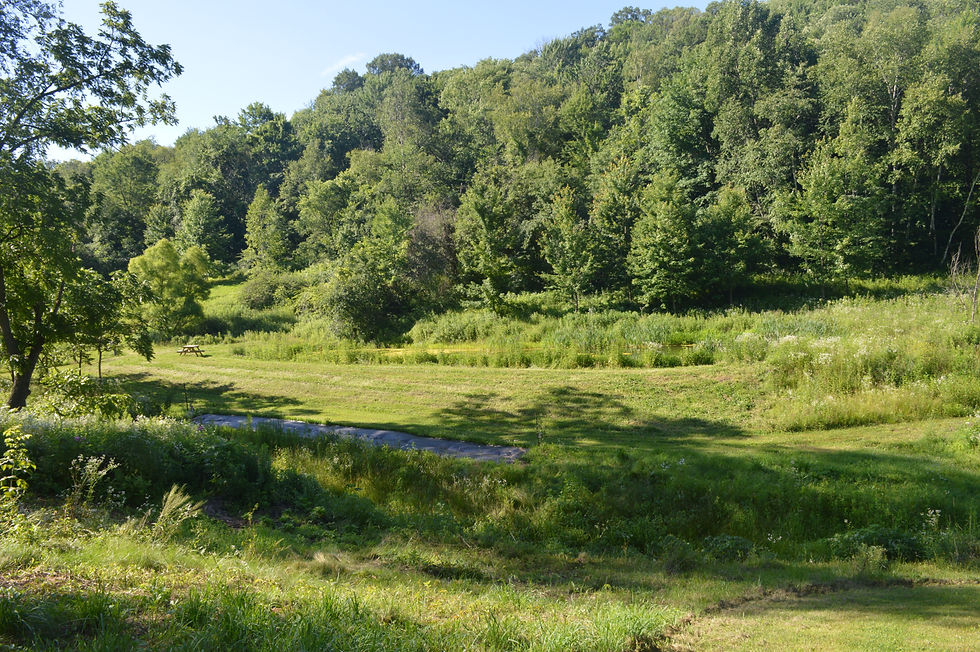Acquiring Land
- Rebecca Clancy
- Apr 10, 2022
- 3 min read
Updated: Apr 13, 2022

If you google something along the order of, “acquiring land for permaculture,” predictable sites pop up. “Ten things to look for when buying land,” or “Finding the land that’s right for you.” The one thing that every site prioritizes, obviously, is water. Best to have a water source as well as water holding capacity, i.e., the potential for ponds and swales. After water, it’s about what you’d imagine: Sunlight, climate, diverse ecosystems, proximity to urban centers, etc.
To these considerations, I would add two more. 1. Avoid the colossal blunder. You don’t want the farmer next door to be a proponent of Monsanto products. Most blunders are fixable, but the colossal blunders are not. They will sink you. 2. Indulge your personal preferences. By way of example, I wanted to live as far off the road as possible, and I wanted the land to be beautiful. Indulging your personal preferences will help you to love your land, and love for your land will give rise to service to it.
Coincidentally, and perhaps providentially, there was a farm in the family that met every single criterion and met them in spades. It was owned by my mother, who was willing to sell it to me. Water? There were streams and springs, and even two artesian wells with drinking water jutting up from the ground. Personal preferences? The driveway was nearly a mile long and the beauty of the place was enough to bring you to tears.
Naturally, there were drawbacks. My folks bought the place not to work it, but as a kind of retirement retreat where they could enjoy the company of their loved ones. Then life happened. My dad, our beloved and respected paterfamilias, succumbed to cancer.
The farm they acquired had not been left to them in what you would call broom-clean condition. It was like most other defunct dairy farms – entropy had set in - the proverbial white post was on its way to black. The outbuildings were collapsing and littered inside and out with junk. And then there was the land. It was overrun with invasives, chief among them multiflora rose (MFR), a plant from hell if ever there was one. Ironically, the U.S. Soil Conservation Service was responsible for its spread, having unwittingly promoted it as a “living fence” – further proof of the truth of President Reagan’s adage that the nine most terrifying words in the English language are, “I’m from the government, and I’m here to help.” MFR puts out copious woody shoots up to thirty feet long blanketed with flesh lacerating thorns.
Case in point, there was an old apple orchard on the farm that I didn’t know existed. MFR had trellised through all the trees, after the fashion of Disney’s Sleeping Beauty (though the Sword of Truth would have been no match for it.) It was entirely engulfed. And the MFR did not confine itself to the apple orchard. It had trellised through the Giant Burdock, the Giant Thistle, and the Giant Ragweed that had overrun the place. It had trellised through fallen trees and endless yards of barbed wire from old internal fencing.
With the help of the Amish, my mother, then in her eighties, valiantly tackled the outbuildings saving them from collapse. I keep meaning to put a plaque on the barn door, “If you’re reading this, thank Harriet.” That left me to tackle the land. Naively, I imagined that armed with my can-do attitude and a few hand tools, I could clear it myself. It was a bloodbath. MFR won the first battle, but it was not to win the war. It was time to bring in….The Heavy Lifters.








Comments